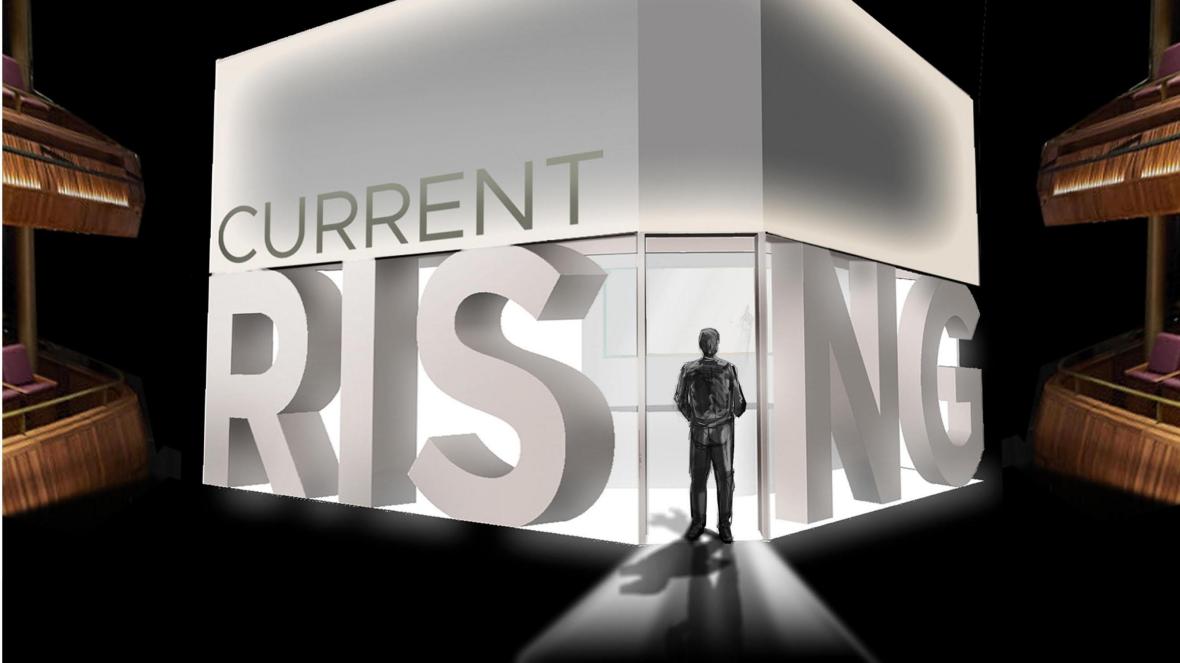Award-winning digital media production company, Figment Productions, is on a mission to create premium immersive experiences using ‘hyper reality’. To do that, the team is developing new tools and practices that can help creative teams collaborate better, wherever they are in the world. Figment owner Simon Reveley explained to us how it works.
What’s the big idea?
Figment Productions is developing tools and working practices to help create the ultimate form of virtual reality (VR), known as hyper reality. Hyper reality combines VR with a physical environment, free movement, touch and special effects – such as wind and heat – to help create multi-sensory, immersive experiences. For example, a hyper reality dinosaur attraction might enable a user to actually feel the texture of a dinosaur’s skin, as well as see it in three dimensions through a headset. Few content creation tools exist to develop these premium hyper reality experiences.
What funding did Audience of the Future provide?
The initial project budget was £1 million, of which Figment Productions was funding 20%. The Audience of the Future challenge fund awarded the project around £770,000.

Who are the partners on the project?
Figment is working with the Royal Opera House (ROH) and Royal Holloway, University of London.
Figment approached ROH seeking a creative partner that would stretch the boundaries of digital production. Together, Figment and ROH have been developing a live show, inspired by a character from Shakespeare’s The Tempest, which uses a hyper reality platform to take audiences on a journey through imaginary landscapes set in six phases of the night, from twilight to dawn. The show was due to open at ROH in November 2020.
Figment has worked with Royal Holloway for a number of years and the university is also a member of the StoryFutures Creative Cluster which helped Figment apply for the Audience of the Future funding.
What challenges has the idea faced?
Originally, Figment planned to invent new ways of integrating established VR toolsets alongside working processes to help create and demonstrate new hyper reality content. But it soon became clear that some basic challenges had to be overcome first. For example, figuring out how creative teams can collaborate successfully, even when they are geographically dispersed.
Plenty of generic team collaboration tools are available these days but there are none meeting the needs of a creative production of this type. So Figment was granted a project change request to develop new tools that allow production creatives to work smoothly on a project that is inherently meant to be worked on in the same physical space.
A good example of this, is that the project team uses affordable, portable Oculus Quest headsets to develop the show whereas ROH visitors would be experiencing it wearing a headset connected to a backpack that contains a high-end graphics computer. This creates a big difference in graphics quality; developers are not seeing the same quality images that the audience would eventually see. To address this, Figment has built new features into its remote collaboration tool that allow the computer graphics team to show frames of work at the higher quality on the lower-powered Oculus Quest. The Figment team has also developed and integrated tools that allow anyone working collaboratively to pick up and reposition virtual speakers so that everyone in the virtual environment can hear the impact on spatial sound.
What impact has COVID-19 had on the project?
The project was about halfway through development when the pandemic struck. Like many in the creative industries, Figment Productions was hit hard, with commercial projects postponed or cancelled. This meant it was difficult for Figment to continue match-funding the project.
So, the team applied for – and won – a COVID-19 continuity grant from Innovate UK, which helped address the funding gap [Audience of the Future also granted an extension to the project’s deadline]. Figment built and self-funded the original platform two years ago, but hardware updates and system refinements are needed to make it ready for public use. The new funding has helped Figment redevelop the underlying technology platform needed to deliver the ROH demonstration.

What stage is the project at now?
Together, Figment and the ROH have been developing an original opera that will be staged in the ROH’s Linbury Theatre, with the audience moving through in groups of four. The demonstration will form the centrepiece of ROH’s plans for socially-distanced reopening, depending on UK government guidelines of course.
At the time of writing the demonstration, planned for November 2020, had been interrupted by the second national lockdown. But when the demonstration goes ahead, then Royal Holloway will conduct audience insight research on behalf of the project team.
Figment Productions will also use the live experience to test its production methodology and tools, identify gaps in its understanding and then make adaptations and refinements after the demonstration has finished.
What is the business model for the project?
It is too early to say. But early on in the project, Figment created academic computer models to better understand the commercial model of a hyper reality experience. Parameters included number, frequency and movement of visitors, size of physical space and cost of equipment. The modelling identified an optimum physical footprint for greatest commercial opportunity.
Once the live ROH event is complete Figment will work with Royal Holloway again to assess the business case, with options including a standalone commercial product to put on sale to other creative teams – an internal tool to help us win future work and open source sharing.
In the meantime, StoryFutures has expressed an interest in Figment’s remote collaboration tools and are pitching for new international work that would directly benefit from using the new tools. In fact, the new tools developed with this funding could help them win major new contracts around the world.

